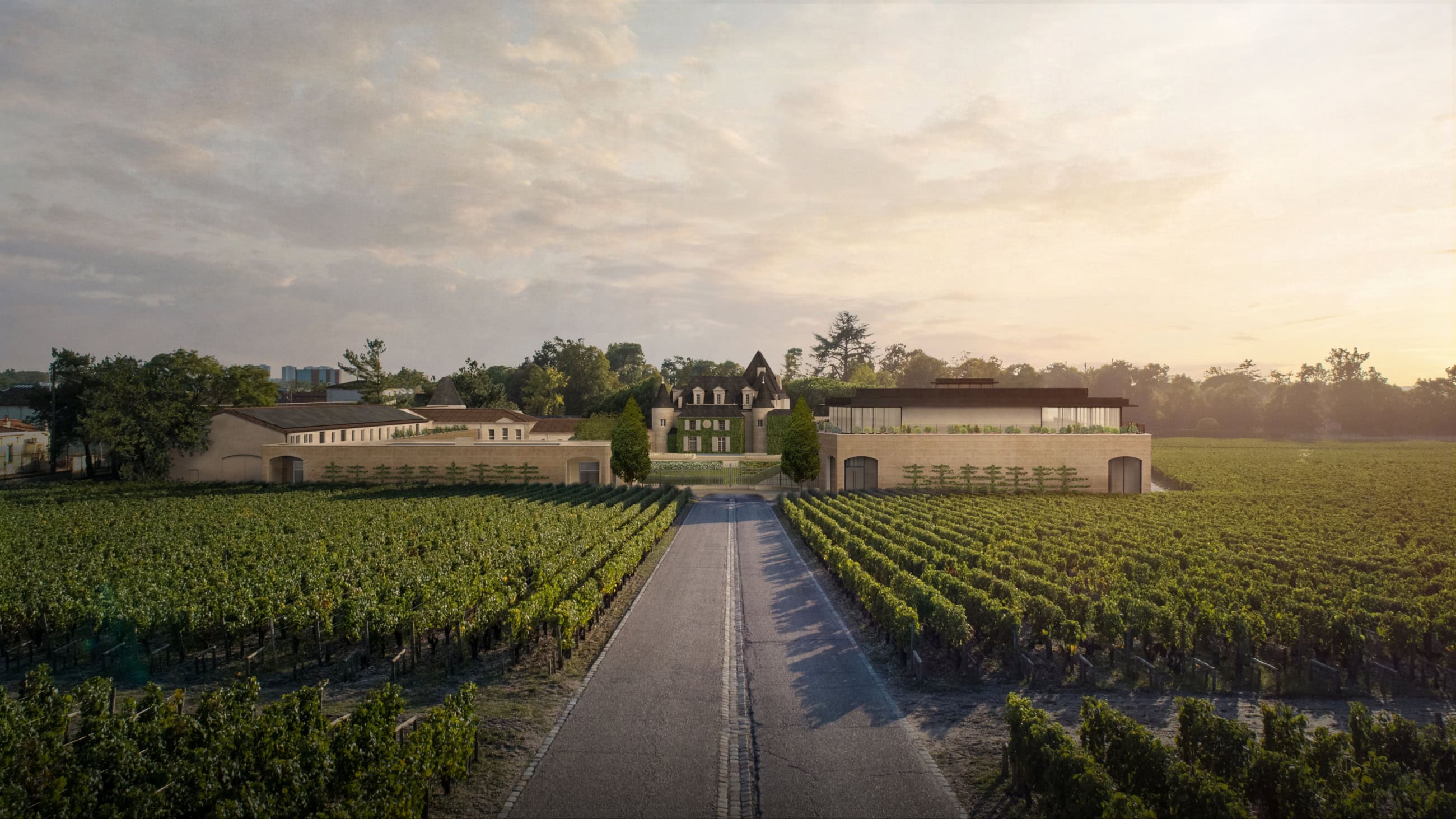
The Château Haut-Brion redevelopment project pays homage to the winery’s storied past while introducing two new buildings that strengthen its role as a cultural and architectural landmark. A central courtyard foregrounds the 16th-century Renaissance château and organizes the new structures, which house new advanced processing and wine storage areas alongside a gallery, tasting and dining room, and a library and research centre. Built from rammed earth using on-site soils and local limestone, the design connects directly to the surrounding terroir. The buildings integrate contemporary design with the site’s legacy, ensuring functionality, sustainability, and a strong sense of place.
- Client:Private
- Location:Bordeaux, France
- Size:123,320 sf
- Date:Ongoing